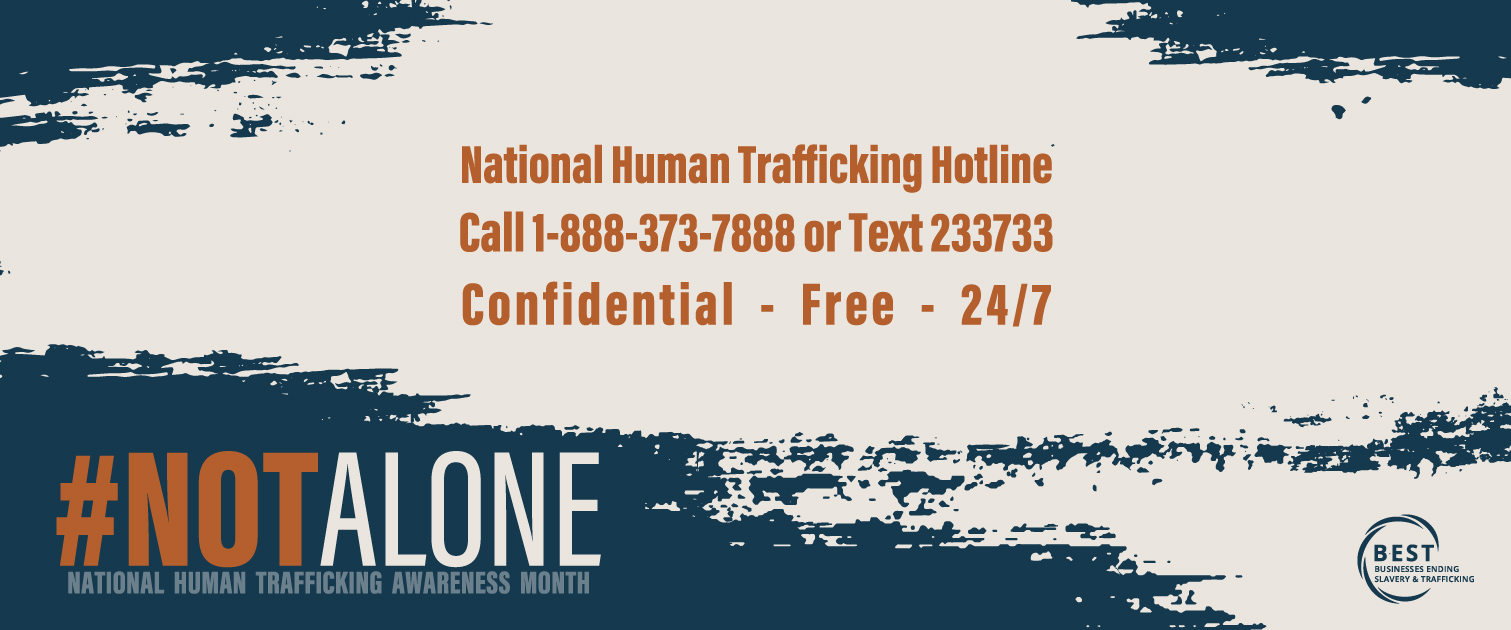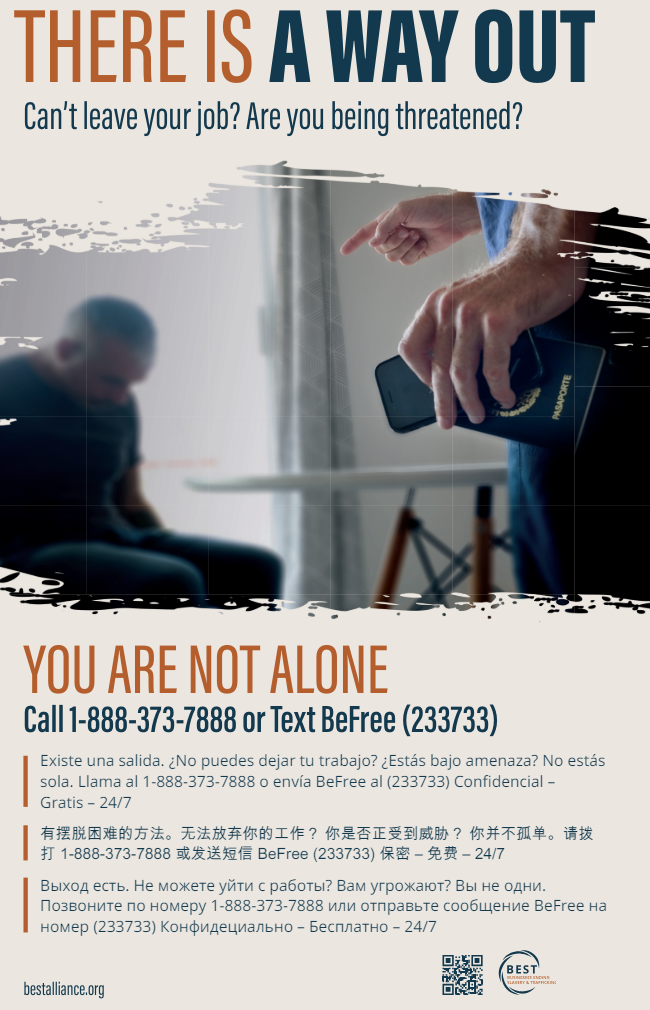Anchoring Hope: Strategies for Preventing Human Trafficking in the Gulf Coast Shipping Industry

The Gulf Coast shipping area serves as a vital hub for maritime commerce and trade, playing a significant role in the global supply chain. However, alongside all the bustling commerce lies a darker reality—the prevalence of human trafficking in the Gulf of Mexico. Despite recent increased attention and resources from states including Texas, Louisiana, Mississippi, Alabama, and Florida, the number of people who continue to fall victim to human trafficking on vessels traveling in the Gulf of Mexico continues to grow. The presence of the cruise, fishing, and oil industries, and the amount of trade happening throughout the Gulf Coast region means the Houston Ship Channel area needs to be on guard for the possibility of labor trafficking.
Efforts to combat trafficking in the Gulf states have seen progress in recent years. Collaborative initiatives between law enforcement agencies, nonprofit organizations, and businesses have yielded positive movement in understanding and identifying human trafficking problems. However, much more work remains to be done to encourage front line maritime employees to be on the lookout for human trafficking activity, and to know what to do once they do recognize it.
Seaports face particular challenges in identifying and combating human trafficking due to the transient nature of the maritime industry. The fast-paced environment, frequent turnover of personnel, and a lack of awareness among workers all pose obstacles to detecting human trafficking activities. Training employees at maritime businesses and port authorities to be able to recognize the indicators of human trafficking, and report instances effectively and safely, is essential for enhancing the Gulf Coast shipping industry’s ability to combat this crime.
The nonprofit organization Businesses Ending Slavery and Trafficking (“BEST”) has created a short, 30-minute, video-based training specifically for employees in the maritime industry. This training, Ports to Freedom, can help frontline maritime employees and managers learn the warning signs of human trafficking and how they can report it to authorities.
 In addition to the Ports to Freedom training, BEST offers free, multilingual, awareness signs as part of the Not Alone campaign. These awareness raising signs can be downloaded from BEST’s website and displayed throughout port facilities. BEST’s Not Alone campaign promotes the National Human Trafficking Hotline to help victims know who to call for help with human trafficking situations. When victims see signs in marine locations, it can not only help them learn how assistance is offered in the United States, but it can also help human trafficking victims know they are in a safe place where they can ask for and receive help.
In addition to the Ports to Freedom training, BEST offers free, multilingual, awareness signs as part of the Not Alone campaign. These awareness raising signs can be downloaded from BEST’s website and displayed throughout port facilities. BEST’s Not Alone campaign promotes the National Human Trafficking Hotline to help victims know who to call for help with human trafficking situations. When victims see signs in marine locations, it can not only help them learn how assistance is offered in the United States, but it can also help human trafficking victims know they are in a safe place where they can ask for and receive help.
Fighting human trafficking is a top priority for the Department of Homeland Security (“DHS”). The DHS Center for Countering Human Trafficking integrates the efforts of 16 different agencies and offices within DHS that carry out the anti-trafficking mission. In the navigable waterways leading inland from the Gulf of Mexico, Customs and Border Protection, Citizenship and Immigration Services, Immigration and Customs Enforcement, and the U.S. Coast Guard are all trained to screen for suspected human trafficking victims and perpetrators. But when more Gulf Coast ports and maritime businesses also begin providing human trafficking prevention training for their employees it can activate more eyes and ears to be on the lookout for the warning signs of human trafficking in the region, and more lives will be saved.
Human trafficking thrives in the shadows and is driven by exploitation, coercion, and despair. However, the first step in eradicating it is to raise awareness about its pervasiveness and devastation. When victims learn who they can contact for help, and when more maritime employees become aware of the indicators of human trafficking, they can help identify more cases, and this reduces violence, abuse, and exploitation.
The fight against human trafficking along the Gulf Coast is an ongoing battle that requires collective efforts and unwavering dedication from both government agencies and private businesses. By working together to implement strategies like investing in workforce training, and by remaining vigilant, the maritime industry can anchor hope for creating freedom for all.
About the Author

Katie Amodei
Businesses Ending Slavery & Trafficking
info@bestalliance.org
